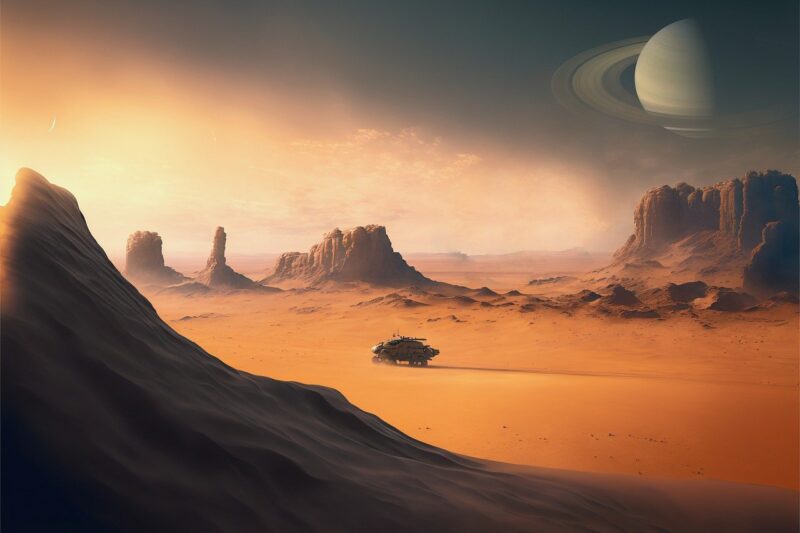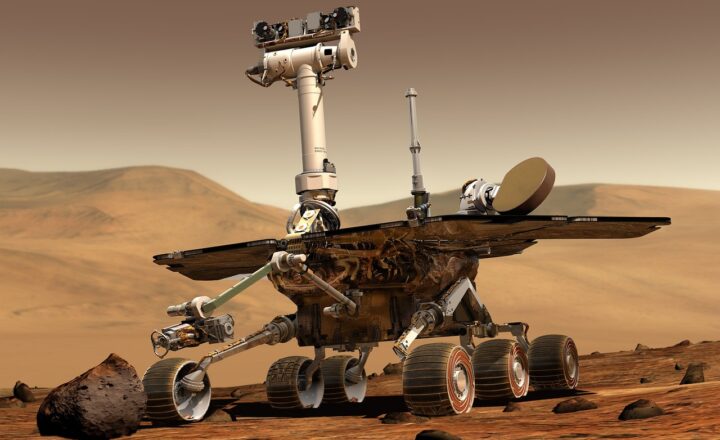How Alien Flora Might Look on Earth-Like Planets in Distant Galaxies
November 12, 2024

The idea of extraterrestrial life has long captivated humanity’s imagination, with countless films, books, and scientific theories attempting to grapple with what life beyond our planet might look like. Among the various forms of life we might encounter, flora—plants, in particular—holds a special intrigue. What if we discovered earth-like planets in distant galaxies, rich with unique alien plants? This article delves into the various aspects of alien flora we can anticipate, from their potential structures and colors to their adaptations and ecological roles.
1. The Foundations: Understanding Earth Flora
To imagine alien flora, it is essential to understand how plants on Earth evolved and adapted over time. Earth flora has developed intricate systems based on photosynthesis, respiration, and nutrient acquisition, heavily influenced by the planet’s specific conditions:
- Photosynthesis: On Earth, photosynthesis is the primary process through which plants convert sunlight into energy, requiring chlorophyll and light wavelengths emitted by the sun.
- Adaptation to Climate: Flora has adapted to various climates, from arid deserts to humid wetlands, developing different structures and functions to thrive in diverse environments.
- Ecological Relationships: Plants play a crucial role in ecosystems, serving as both primary producers and habitat providers for various organisms. Their interactions with fauna significantly shape their evolution and diversity.
Understanding these principles can provide a framework for anticipating how alien flora might differ or resemble Earth’s plants.
2. The Role of Environment in Shaping Alien Flora
The myriad conditions on an alien planet will dictate the evolution and characteristics of its flora. Several factors to consider include:
- Atmosphere Composition: An atmosphere rich in carbon dioxide or other gases could influence the photosynthetic processes of alien plants, potentially using pigments different from chlorophyll to capture varying light spectrums.
- Gravity Levels: A planet with different gravitational forces may impact the physical structure of plants. Stronger gravity could result in sturdier, shorter plants, while lower gravity may encourage taller and more fragile flora.
- Temperature Range: Extreme temperatures may eliminate certain life forms, while others may evolve to thrive in boiling conditions or severe colds, possibly exhibiting thermal insulation traits or antifreeze properties.
- Soil Composition and Nutrient Sources: The availability of mineral nutrients and water sources will heavily influence plant growth and structural shapes, necessitating adaptations like deep root systems or water-storing adaptations similar to succulents on Earth.
As such, the unique conditions on alien planets will shape multiple generations of flora, making their appearance and functionality incredibly diverse.
3. Distinctive Features of Alien Flora
Given the variability in environmental factors, we might anticipate certain distinguishing features of alien plants. Here are a few possibilities:
- Color Variations: While Earth plants are predominantly green due to chlorophyll, alien flora could feature a vibrant palette of colors like blue, purple, or even metallic hues, allowing them to utilize different light spectrums for photosynthesis.
- Morphological Diversity: Expect bizarre shapes and structures, from spiral-like tendrils to rigidly constructed branches made to withstand extreme weather phenomena or provide better sunlight capture strategies.
- Growth Patterns: The growth strategies may differ significantly. Some alien plants might be designed for rapid growth and reproduction, while others may develop slowly, focusing on resilience against external environmental challenges.
- Symbiotic Relationships: Just as Earth’s plants have developed symbioses with fungi and bacteria, alien flora may create unique relationships with microorganisms, enhancing their nutrient acquisition or enabling them to detoxify harmful substances in their environment.
All these features promote the notion that alien flora could possess forms and functions that vastly exceed what we observe on Earth today.
4. Potential Ecological Roles of Alien Flora
Examining the expected ecological roles of alien flora is fascinating. Depending on their adaptations and resilience, they could serve various functions:
- Primary Producers: Like on Earth, alien plants would likely form the foundation of their ecosystems through photosynthesis, even if utilizing different processes. They will be crucial in forming food webs and carbon cycles for extraterrestrial ecosystems.
- Habitat Creators: Alien flora might create habitats for various organisms, providing shelter, breeding grounds, and resources for potential alien animals that evolve alongside them. Depending on the characteristics, certain plants may become the primary hosts for these life forms, leading to intricate interdependencies.
- Environmental Regulators: Plants on Earth help regulate the climate and water cycles; alien flora may perform similar functions on their respective planets, influencing soil formation, moisture retention, and nutrient cycling in alien landscapes.
Through these roles, alien flora could shape the very ecosystems they reside in, fostering a dynamic interplay of life forms on their home planets.
5. Imagining Alien Flora: What Would We Do?
The prospect of encountering alien flora offers exciting possibilities that could change our understanding of biology and evolution. To prepare for such discoveries, scientists could:
- Conduct Astrobiological Research: Study the conditions of potentially habitable exoplanets and analyze their atmospheres and environments to predict the types of flora that may exist there.
- Use Advanced Imaging Technology: Satellite technology and remote sensing could aid in observing the spectral reflectance of plant life on distant planets, identifying their pigments and physiological features.
- Engage in Ecological Simulation Models: Create computer simulations of extraterrestrial ecosystems to visualize how alien flora might interact with other life forms and their environment.
- Explore Ethical Implications: Dialogue on the ethical considerations of interacting with alien ecosystems and understanding our role in preserving these life forms should they be discovered.
As we prepare for potential future interstellar discoveries, understanding potentially alien flora becomes crucial. By imagining what alien plant life might be like, we gain a deeper appreciation for the variability of life in the universe.
Conclusion
The allure of discovering alien flora on distant Earth-like planets beckons to some of humanity’s most profound questions: What is life, and how does it adapt? As we continue to explore the cosmos, each new discovery brings us closer to understanding how life might manifest in its myriad forms, offering a tantalizing glimpse into the possible worlds beyond our own. Every expectation of alien plants challenges our preconceptions while expanding the scope of our imagination.
The search for alien flora is not confined to scientific exploration but reaches into our cultural consciousness and questions our existence amid a universe brimming with diversity and potential.







